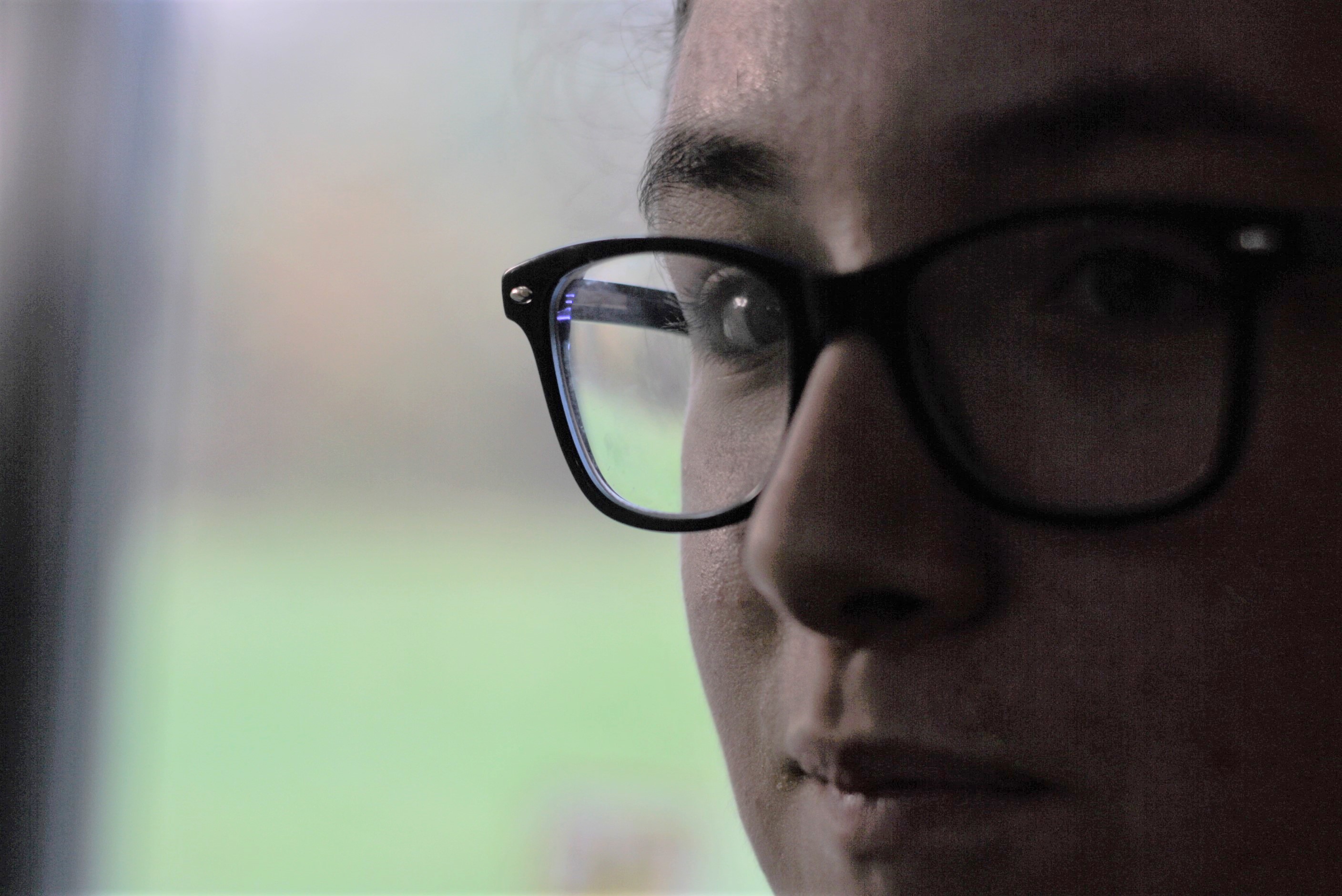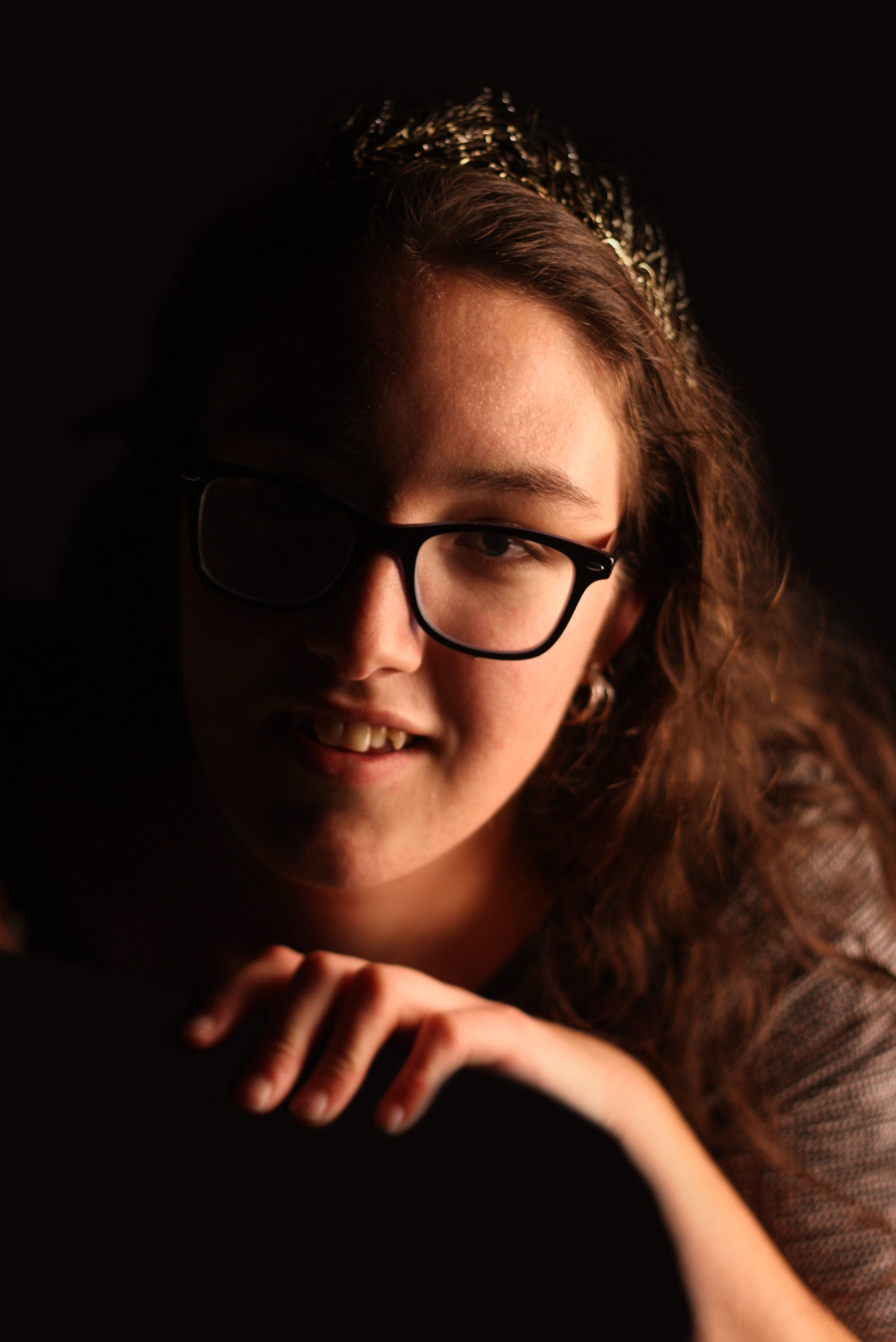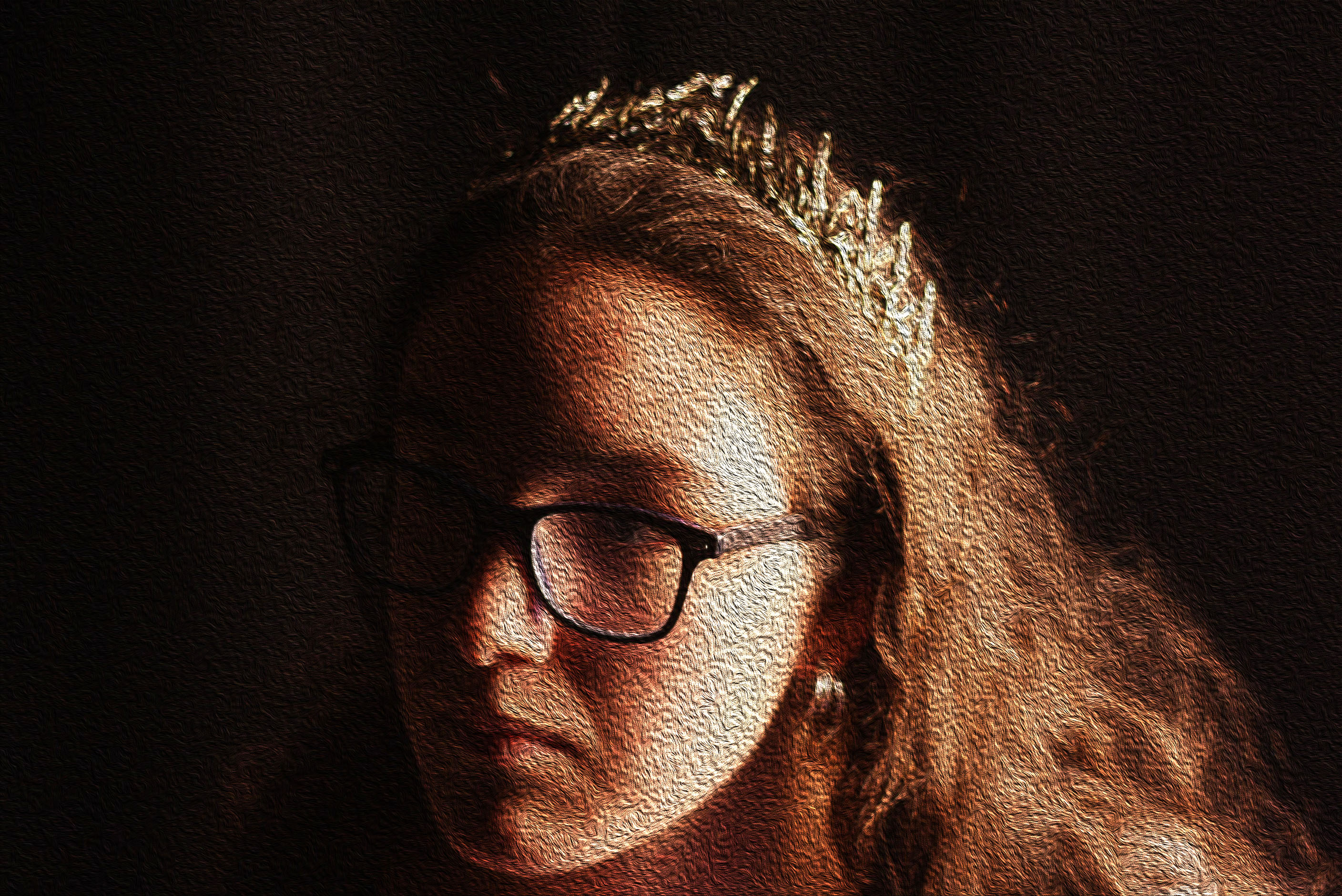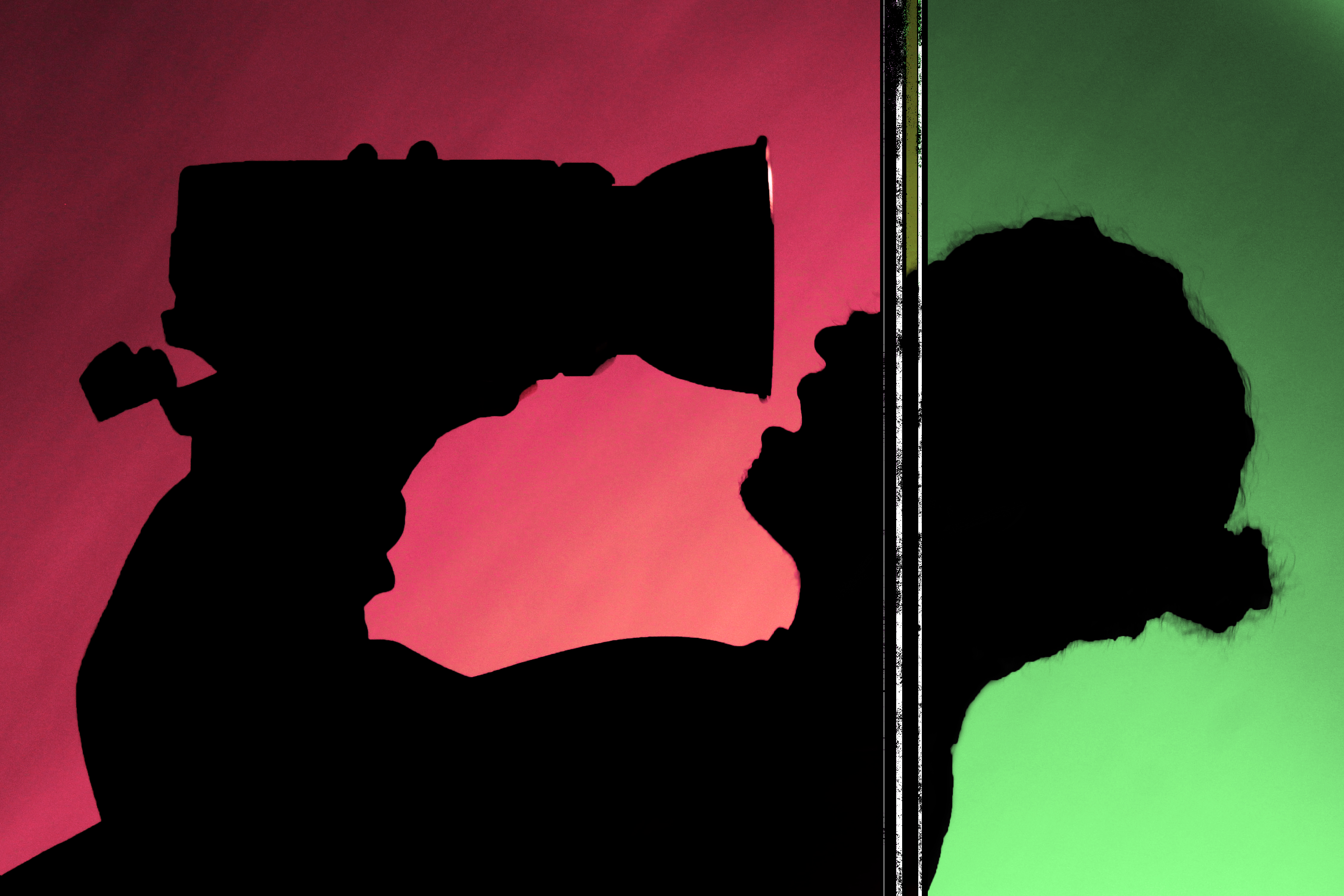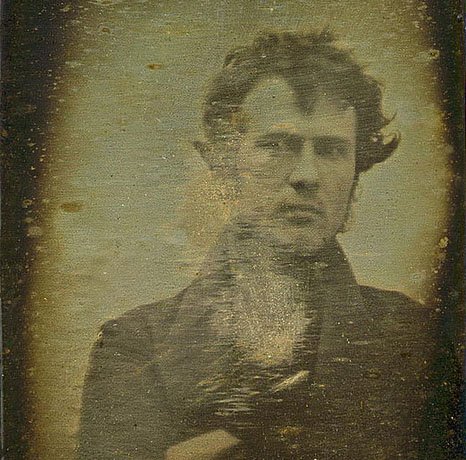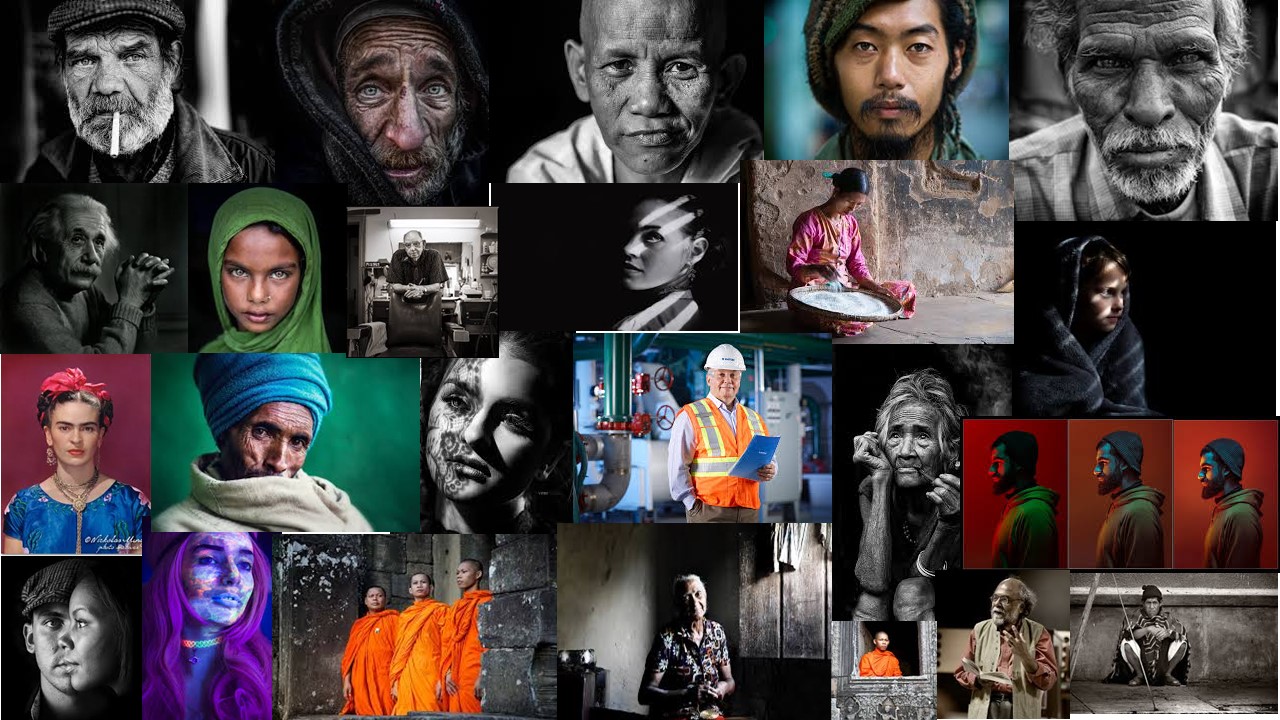WHAT IS…
IDENTITY – Identity relates to our basic values that dictate the choices we make (e.g., relationships, career). These choices reflect who we are and what we value.
CULTURAL IDENTITY – Cultural identity is the identity or feeling of belonging to a group. It is part of a person’s self-conception and self-perception and is related to nationality, ethnicity, religion, social class, generation, locality or any kind of social group that has its own distinct culture
SOCIAL IDENTITY – Social identity is the portion of an individual’s self-concept derived from perceived membership in a relevant social group.
GEOGRAPHICAL IDENTITY – 1. An individual or group’s sense of attachment to the country, region, city, or village in which they live. 2. The key characteristics with which a particular country, region, city, or village is associated.
LACK/LOSS OF IDENTITY – Loss of identity may follow all sorts of change; changes in the workplace, loss of a job or profession, loss of a role that once defined us, as a child, as a parent, as a spouse. … When we lose our identity and sense of self, we are likely to seek our sense of self-worth from others.

IDENTITY MIND MAP:

MARCIN SACHA
CRITICAL ANALYSIS OF WORK:
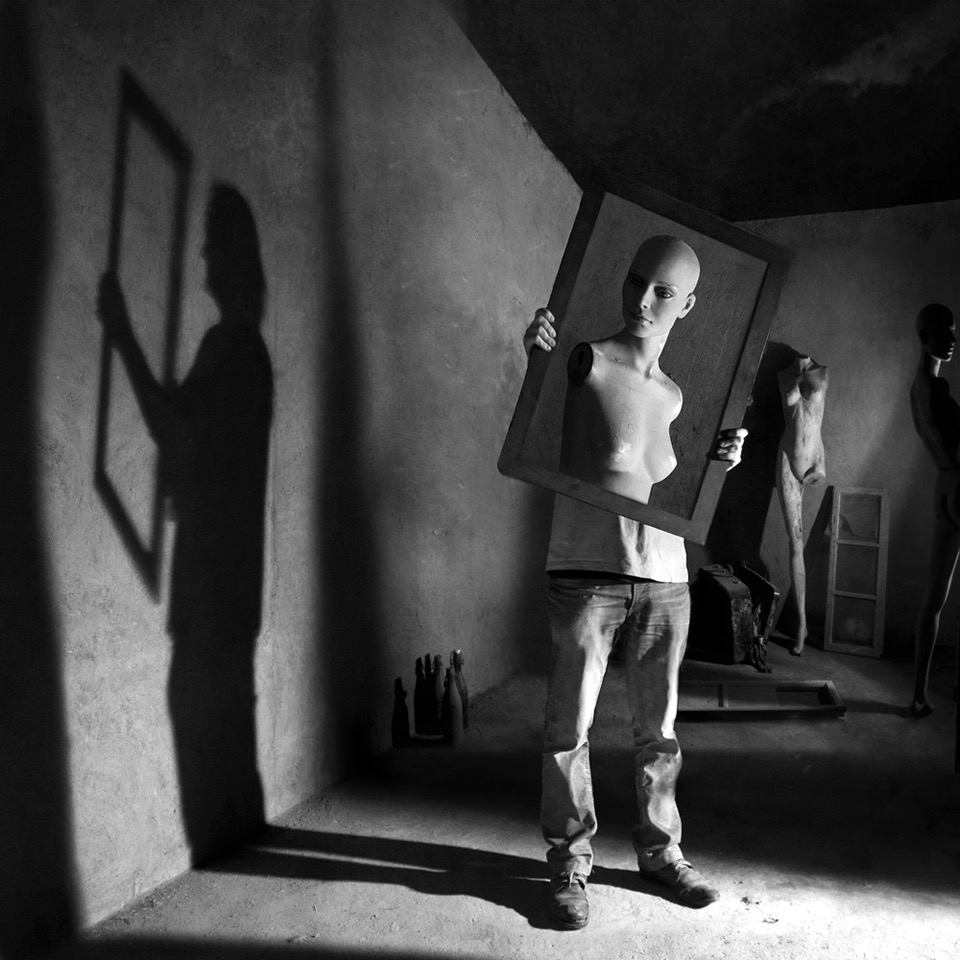
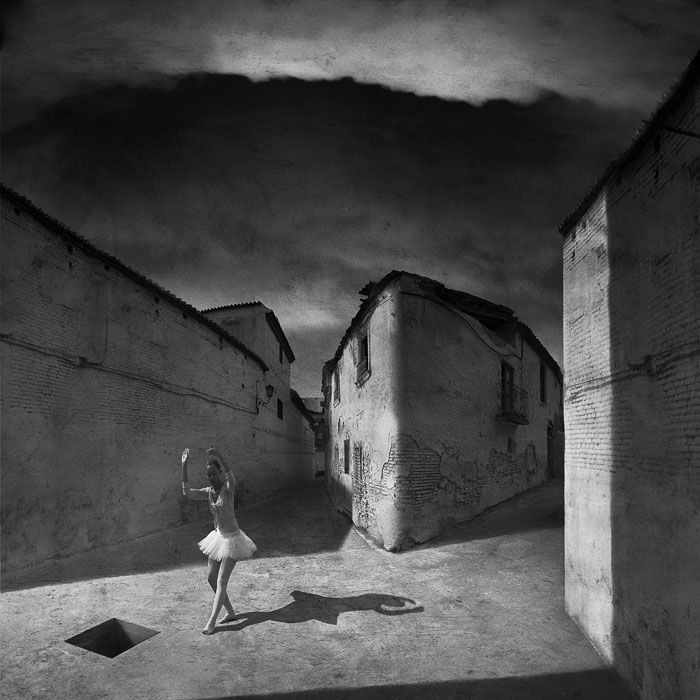
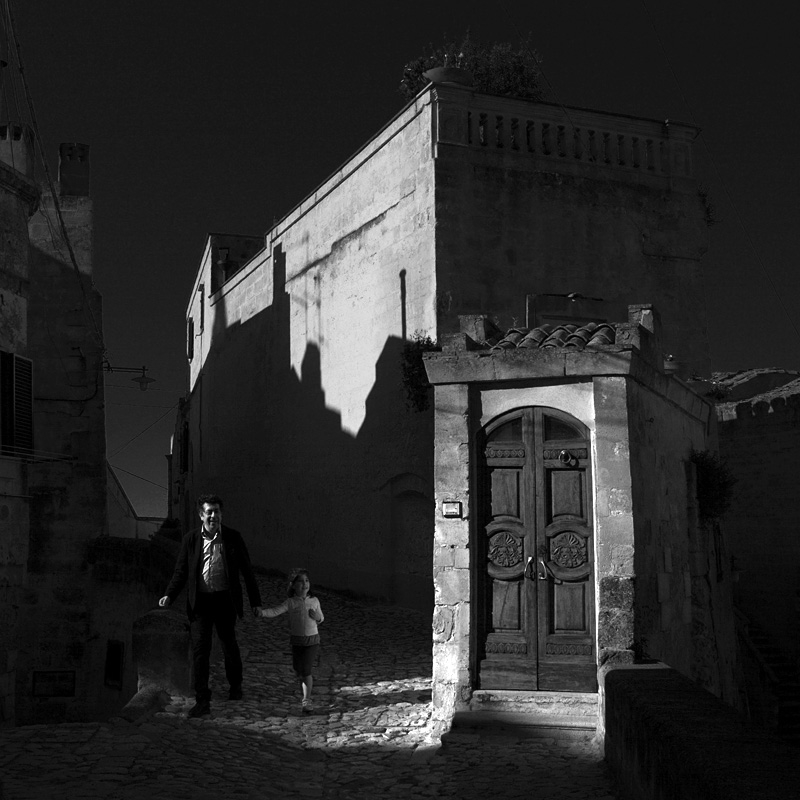
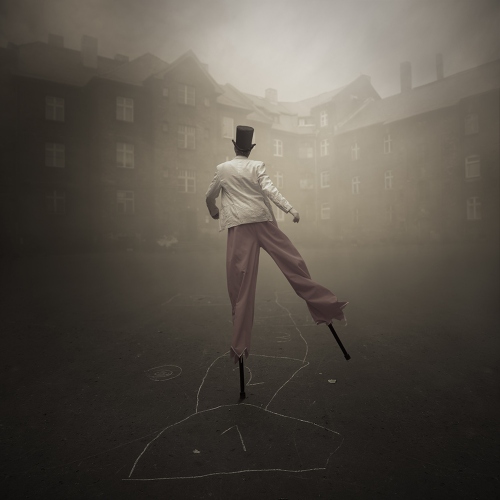
VISUAL: The image has very obviously been heavily edited, creating a spiral like warp on the image which twists and contorts the image and buildings in the backdrop. It shifts the model from a horizontal position to a vertical position. The overall image is composed of extremely dark, blue based tones. The focus of the image is mostly on the model, who is in the very foreground of the image. The clarity of the image is lost and it becomes more blurry as you move up the image and into the backdrop of the image. the buildings on either side of the street create a sort of guide for the eye, leading it down the street and making you focus on the darkness of the sky in the backdrop. The spotlight which has been incorporated onto the model, highlights her and makes her the focal point of the image. It illuminates the body and the ground which she lays upon. There is also observable light reflection in the windows of the building which draws more attention to them. The darkness of the walls accentuating this illumination. The position of the model, the dark and eerie mood of the image suggests themes of death, evil and depression. Upon a closer look, another human figure can be seen on the street in the distance, possibly suggesting that the woman in the foreground was in some way hurt by the figure.
TECHNICAL: I believe that in order to create this image, multiple images and heavy editing was used in order to achieve the final outcome. This is also extremely staged therefore models and extra equipment such as lighting was used in order to create the image. Photoshop was later used in order to warp the image and create the dream like fluidity of the image which guides the eye to the center. The model has also been staged in order to face the camera with the dead-like facial expression. The colors have also been highly saturated in order to give the dark and grungy look. The sky is extremely dark, grim and highly contrasted to the pavement, this I also believe has been edited in to give extra darkness.
CONCEPTUAL/CONTEXTUAL: “I live in Tarnow, in the south of Poland. Photography became my passion in 2005. I began with nature photography and later, landscapes. I recently became also interested in pictures on the boundary of photography and graphics. My achievements to date include nine solo exhibitions and over forty collective exhibitions in Poland and abroad, I have a title Artiste FIAP La Fédération Internationale de l’Art Photographique In my photo montage I often use paper, clay, bricks and ceramic forms prepared by myself. I create from them the scenery and by playing with the light I try to get an interesting abstracts, which imbue a specific mood of composition of light and shadow in the plane of the frame. My worlds even if habited by people are dominated by shapes, shadows and lights. These worlds are alien to them.”
source: https://www.behance.net/salimaf754
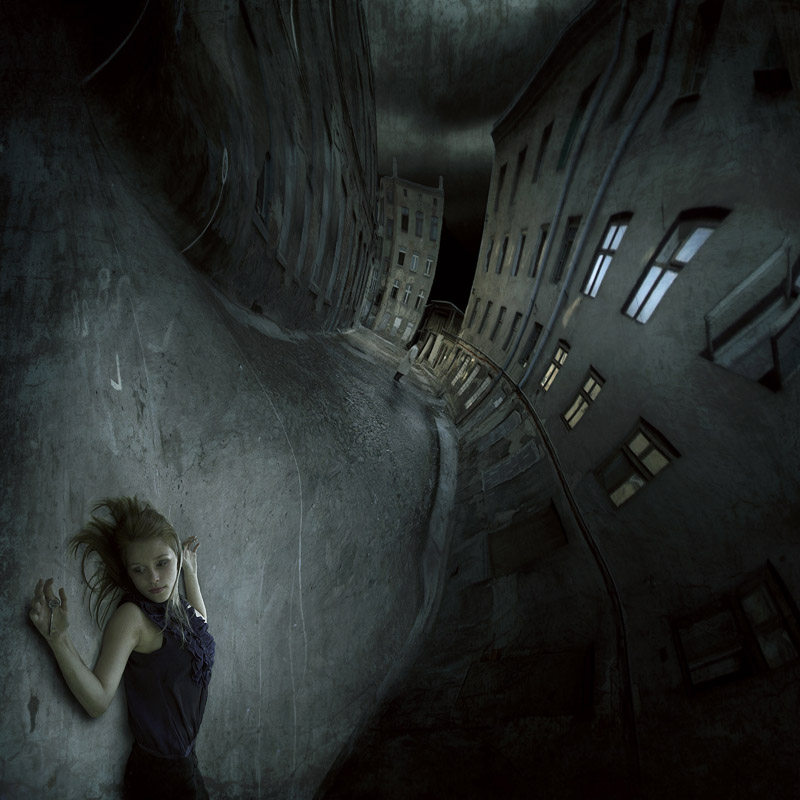
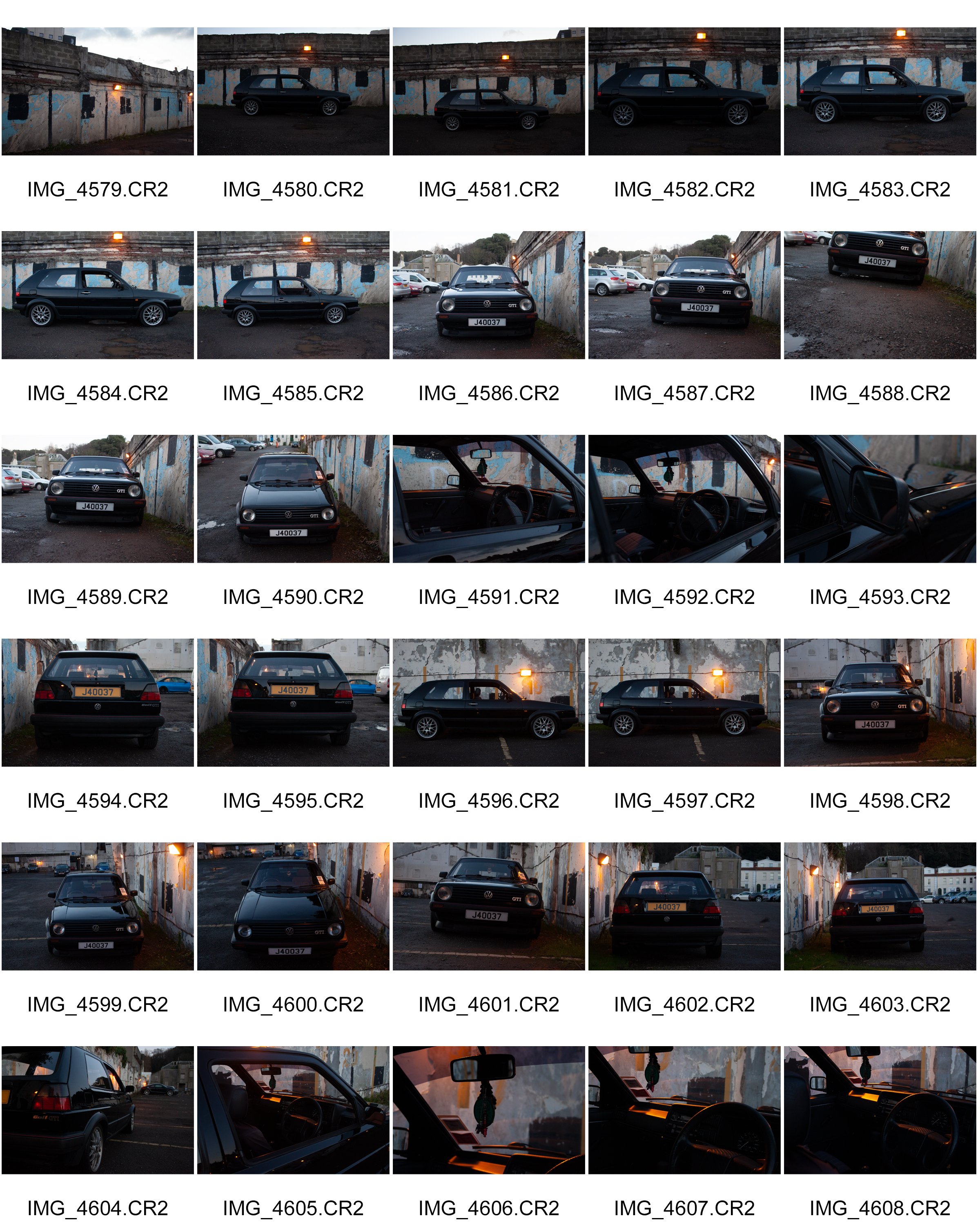
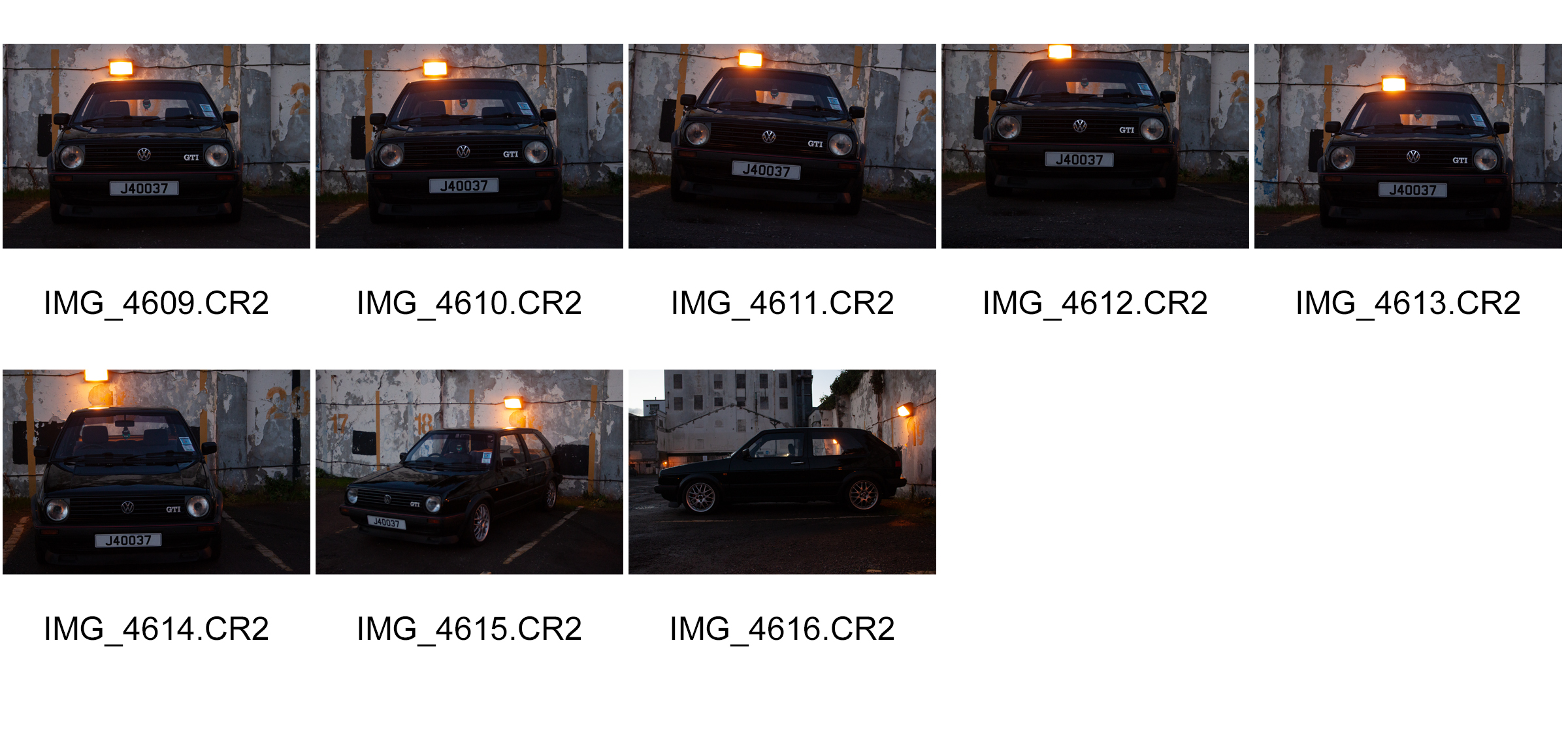
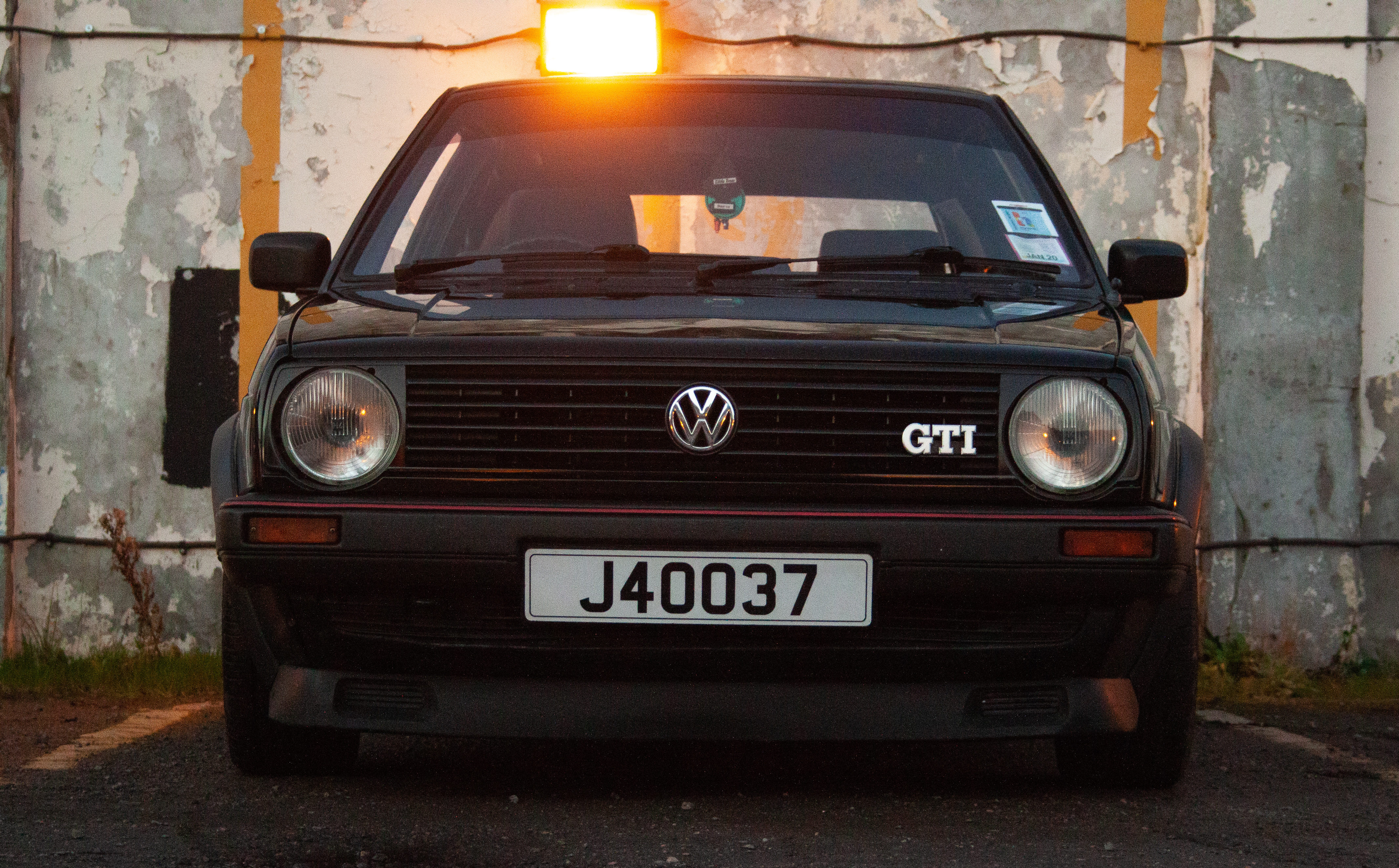

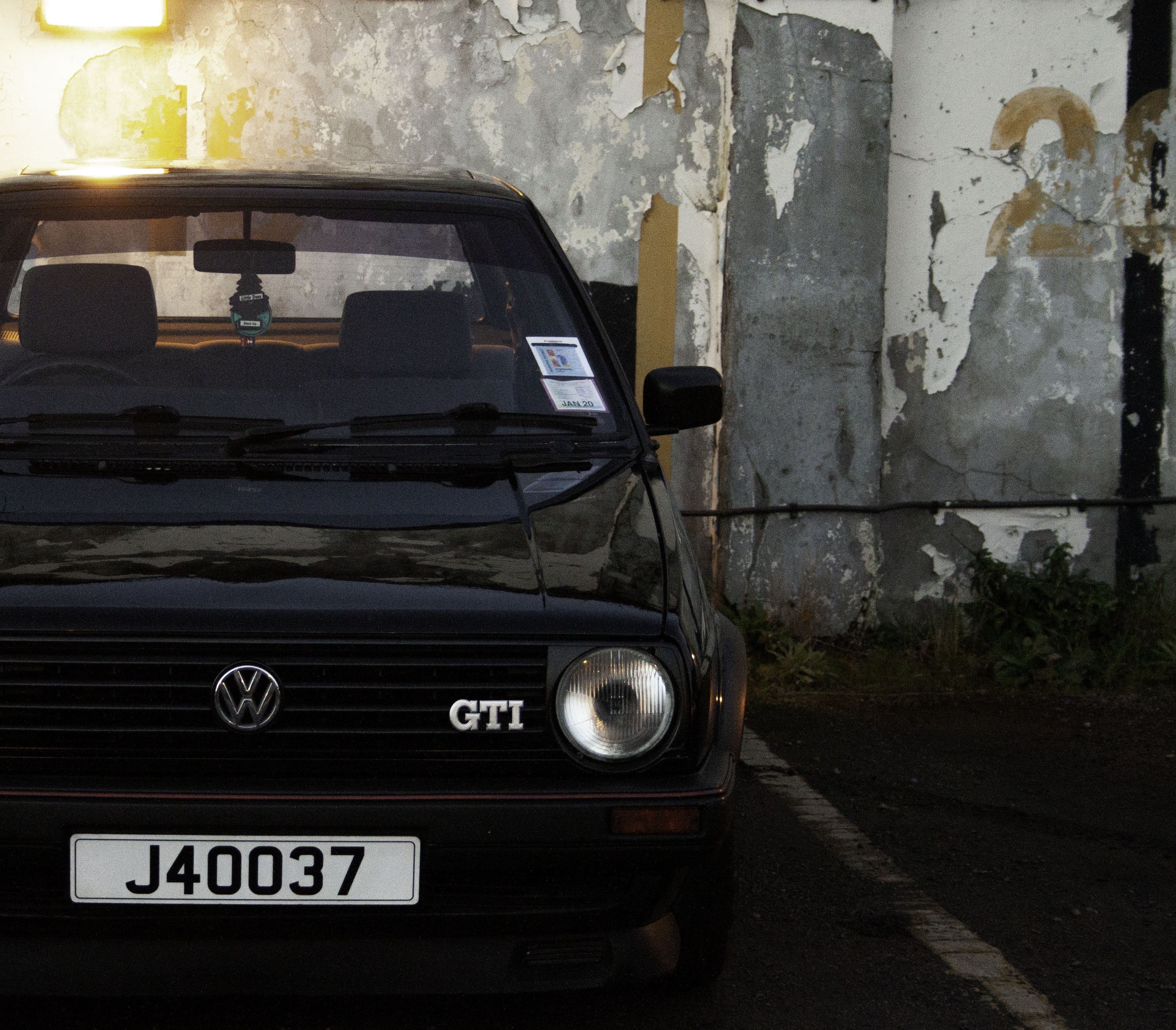











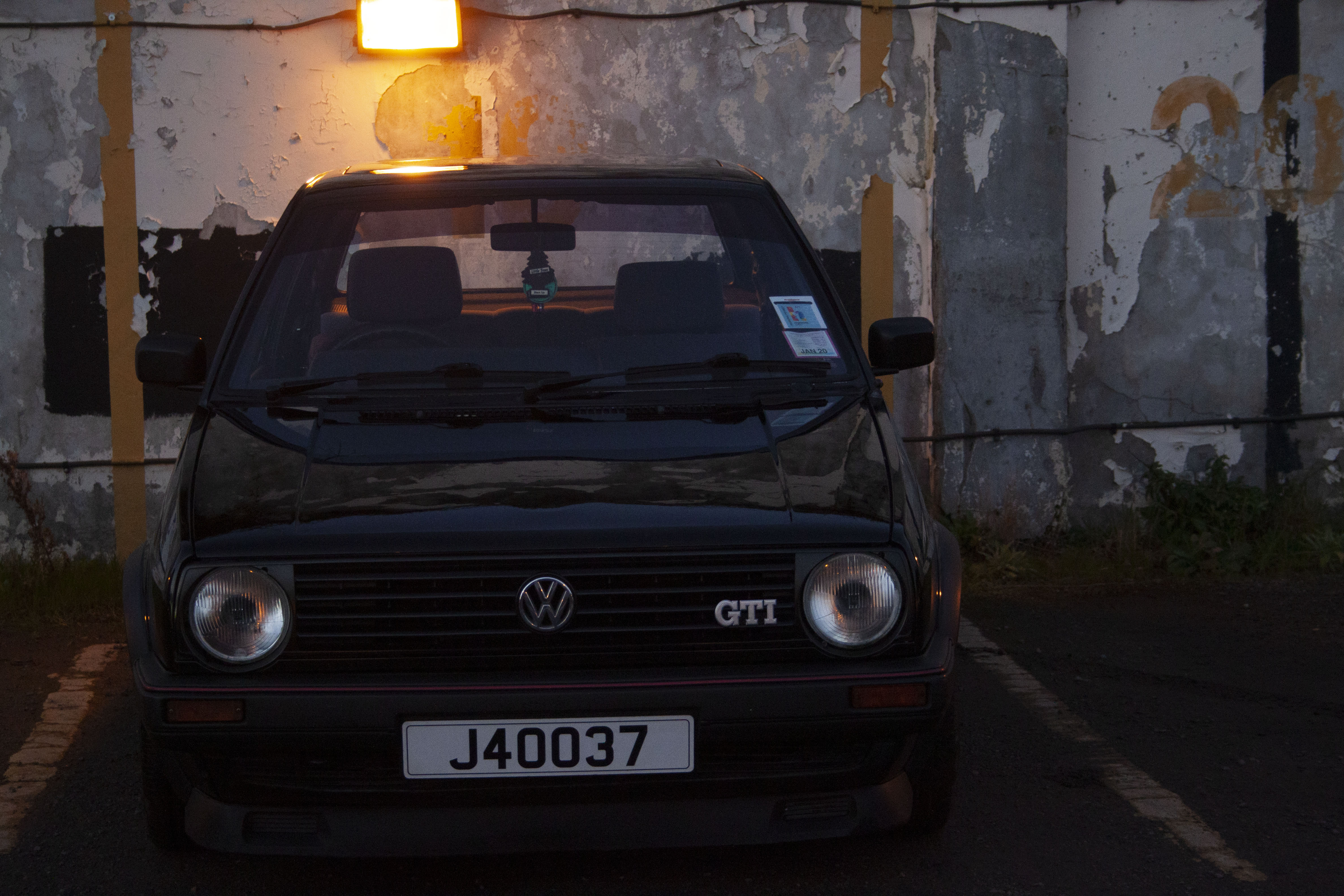 Original
Original

